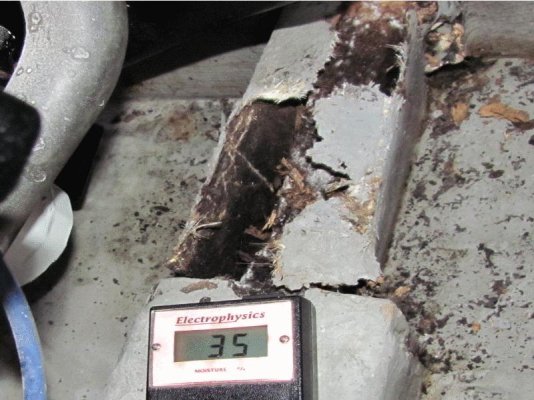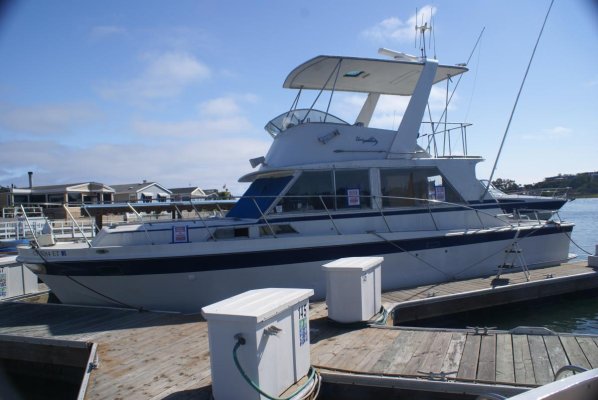Hello everyone,
My fiancé and I are first-time boat buyers. We were under contract with a 1972 36 Uniflite. It was a cosmetic fixer upper for sure but we are both comfortable with that sort of work.
It was originally listed for $12,500, we offered $9,000 contingent we liked what the survey said and it was accepted.
The surveyor found that though the hull was solid, nearly everything else on the boat needed some level of attention. He valued the boat at $3,350, we offered to match the value, but the seller didn’t want to go lower than $8,500 so we walked away because it didn’t seem wise to start in the negative.
Our biggest concern was that the starboard engine is currently taken apart and the block is cracked so it’d need a whole new engine. Would we then have to replace the port even though it runs fine? Is it possible that the boat would never run or is buying two new engines a guarantee?
My fiancé and I are first-time boat buyers. We were under contract with a 1972 36 Uniflite. It was a cosmetic fixer upper for sure but we are both comfortable with that sort of work.
It was originally listed for $12,500, we offered $9,000 contingent we liked what the survey said and it was accepted.
The surveyor found that though the hull was solid, nearly everything else on the boat needed some level of attention. He valued the boat at $3,350, we offered to match the value, but the seller didn’t want to go lower than $8,500 so we walked away because it didn’t seem wise to start in the negative.
Our biggest concern was that the starboard engine is currently taken apart and the block is cracked so it’d need a whole new engine. Would we then have to replace the port even though it runs fine? Is it possible that the boat would never run or is buying two new engines a guarantee?



